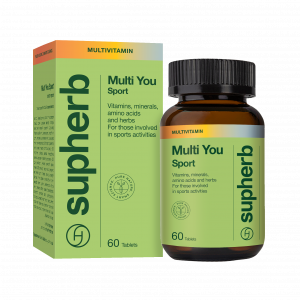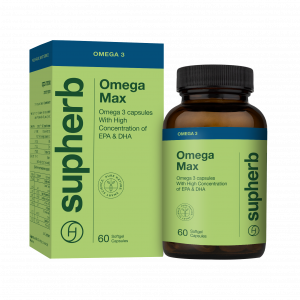Arthritis: What Are the Causes and How to Treat It?
Knee pain, backache or other types of joint pain can be a serious nuisance and reduce your quality of life. Many types of joint pain are a result of an inflammation. The good news is that should you successfully treat the inflammation, the pain will also go away. What causes arthritis and what are the known treatments? Read about it in this article.
Anyone who suffers from arthritis is well aware of how it affects their quality of life. Coping with chronic pain disrupts daily routine and often causes frustration and a search for solutions. There are a number of ways that can be used to cope with arthritis in order to improve your quality of life.
What is arthritis?
Arthritis is a group of diseases, in which infection occurs in one or more joints, leading to pain, restricted movement and progressive structural damage. In most cases, arthritis is an autoimmune disease that’s caused by many factors, progresses gradually over the years and damages the quality of the people who suffer from it.
What causes arthritis?
There are many types of arthritis: Osteoarthritis (OA), rheumatic arthritis (RA), and arthritis that is a symptom of various infectious, metabolic or autoimmune diseases. Arthritis is comes with pain, which would be felt, in most cases, during rest. Sometimes, swelling and local redness may occur. Another common symptom is ‘morning rigor’, which is manifested in joint stiffness that mostly appears during the morning time.
Cartilage erosion
Arthritis as a result of cartilage erosion is called osteoarthritis, a common disease in the West, which is more common during older ages, over 70, however its initial signs may appear as early as the age of 40. About two thirds of people report symptoms that point to degenerative processes in their joints. In osteoarthritis (OA), the inflammation might develop as a secondary reaction to cartilage erosion and the physical processes that occur in joints such as knees, elbows, wrists and others.
Link to overweight
People who suffer from obesity are at a higher risk to of suffering joint erosion, especially at the knees. The higher the weight, the greater the strain is on the joints and the risk of experiencing degenerative changes related pain grows.
Standard treatments
Standard treatments for arthritis include joint replacement surgery, medicinal treatment and physiotherapy. The medicinal treatment provides short term alleviation but doesn’t always provide a long-term solution, since it comes with side effects and damaging long term effects. Since this disease is chronic, it’s recommended to combine natural treatments, which can be used in the long term without significant side effects, compared to medications.
Why is treatment important?
When untreated, arthritis can cause structural damage to the joints and a sever restriction in movement ranges, which is why diagnosis and proper treatment are especially important. The good news is that it’s easier to treat pain caused by inflammation than nerval pain, as the decrease of the inflammatory process causes a direct decrease in pain.
What does alternative medicine have to offer?
Natural treatments for the alleviation of inflammation and pain include a combination of dietary supplements and medicinal herbs, with dietary changes aimed at reducing inflammatory levels in the body. Additional forms of treatment that might help alleviate are hydrotherapy, acupuncture, shiatzu, Tui na and more. The purpose of alternative treatments is to provide a long-term solution that would be sufficiently effective but wouldn’t have significant side effects or long-term structural damage.
The world of dietary supplements
The field of dietary supplements has greatly developed over the past decades, and many studies are being done on the subject of inflammation, which produce very important findings. The standard treatment alternatives for arthritic diseases cover four main directions:
- Medicinal herbs – have been used in various cultures for thousands of years. The herbs can be combined into the diet or be taken as an extract in different forms. The medicinal herbs commonly used for this purpose are devil’s clove root, ginger, Boswellia and others.
- Isolated active components – often also extracted from herbs, such as curcumin – the active component made from the turmeric root; Boswellia acid, which is produced from the olibanum tree; capsaicin, which is produced from chili peppers and others.
- Raw materials that encourage connective tissues construction and rejuvenation – such as collagen, glucosamine and MSM.
- Fatty acids – effect inflammatory mechanisms in the body, such as Omega 3, an essential fatty acid from which the body produces substances that stop inflammatory processes.
Choosing the dietary supplements is done in accordance with the type of inflammation. The natural treatment will mostly combine the use of different components, which take effect through different mechanisms for maximum affect.







